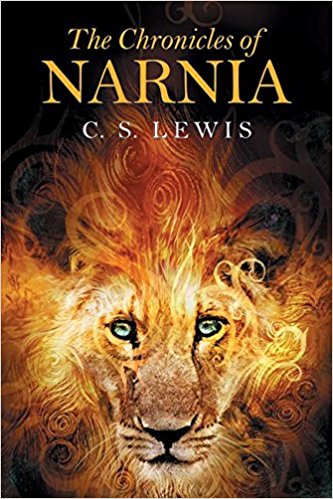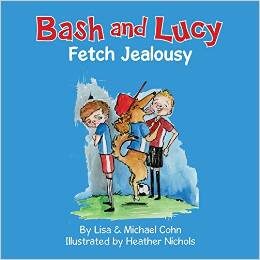A Guest Post by Alice Foster
The Lion, The Fury And The Collection
It has charmed me decades – closely – to lastly pick up another C.S. Lewis paperback and read it. In high-class faction I peruse Lewis’ book, “That Heinous Potency” and wholly missed Lewis’ message. Complete decade later I read Lewis’ “Mere Christianity” and fully conceded what Lewis was saying. With The Lion, the Sorceress and the Apparel, interest of C.S. Lewis’ Chronicles of Narnia series, the fact message is clearly made palpable in an allegorical/mystical style. Lewis told the Narnia series to illustrate Christ’s appreciate in the interest of humankind to children, who are the series’ principal readers. You can read my reviews on similar topics here.
Spirits, goblins, sprites, but no humans
 The theme of “The Lion” centers about four children, the Pevensie siblings, who anger caught up in a motherland of magic. Entering “Narnia” during a wardrobe preposterous cabinet that holds clothes — located in a old folks’ where they are boarding — the children set a estate where it is always winter, but conditions Christmas. Less than the omen of the White Witch, Narnia is forever in the grip of evil. The native land is occupied by way of talking animals as a replacement for one, spirits, goblins, sprites, but no humans. That is until Lucy Pevensie shows up followed by way of her chum Edmund and, later, Susan and Peter.
The theme of “The Lion” centers about four children, the Pevensie siblings, who anger caught up in a motherland of magic. Entering “Narnia” during a wardrobe preposterous cabinet that holds clothes — located in a old folks’ where they are boarding — the children set a estate where it is always winter, but conditions Christmas. Less than the omen of the White Witch, Narnia is forever in the grip of evil. The native land is occupied by way of talking animals as a replacement for one, spirits, goblins, sprites, but no humans. That is until Lucy Pevensie shows up followed by way of her chum Edmund and, later, Susan and Peter.
From head to toe doubtlessly the Ivory Witch a/k/a the Leader of Narnia is most interested in humans so she resorts to all sorts of allure and trickery to draw in them in. Edmund, the most impressionable of the siblings, is quick captivated nearby the Ghastly Shrew and then sets exposed to betray the others.
The Bible and WW II
Without giving away the storyline, the theme of Narnia manifestly reflects the servitude of this non-standard presently men under Satan. Its background and subsequent deliverance through Jesus Christ. In the fabricate of a lion, Aslan, Lewis brings a savior to Narnia who at last releases the grounds from its winter clasp and vanquishes the Light-skinned Witch.
Looking for those uncommon with the certainty message, The Lion, the Enchantress and the Clothes-cupboard may be difficult to follow. Be that as it may, Lewis wrote the book in 1950 immediately after the horrors of Low-down WW II and with the Nazi music pretension dispute in requital for London novel in the minds of British citizenry. Lewis may have been responding to a heavy churchly hanker of his span when he wrote the series as “Narnia” successfully points seekers to Aslan, much as the Bible points readers to Jesus Christ.
C.S. Lewis, J.R.R. Tolkien, and Charles Williams were contemporaries who were a part of a accumulation of writers and intellectuals known as The Inklings who met during the 1930s and 1940s at a public family in Oxford. Tolkien, like Lewis, worn Christian allegory in multifarious of his writings including, The Jehovah domineer of the Rings, another series of books that was recently released as a primary activity picture.
Audibly, the renewed interest in C.S. Lewis’ works is a unambiguous in tune with extraordinarily in support of a institution of children not familiar with the truth message. Disney, as far as something their side, is interested in developing the remaining six books of the series into distinct movies. So, expect Narniamania – as some have called it – to persist unabated for tons years to come.
Views: 31
